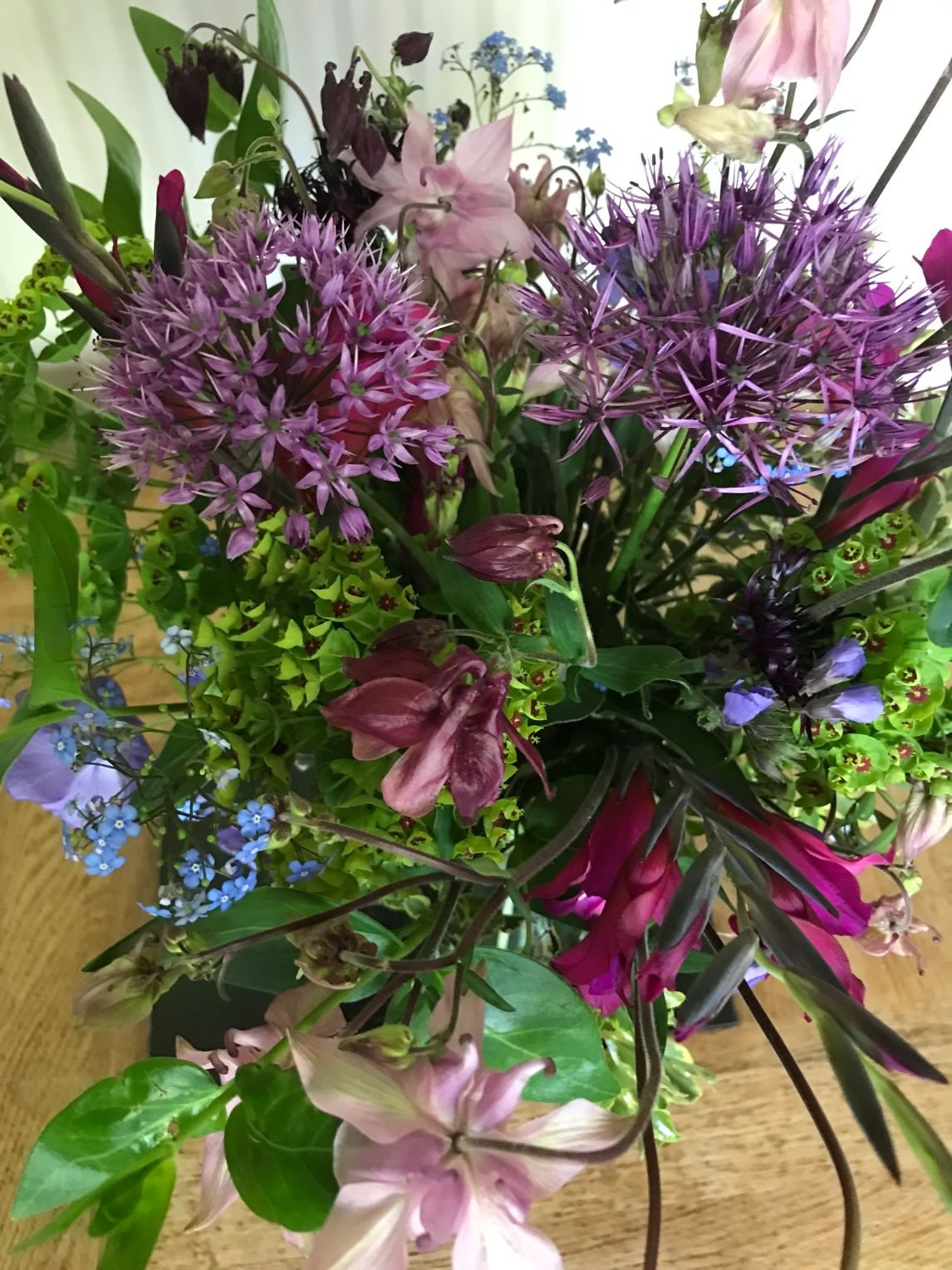Focus of the Month - Bulbs for the whole year
I love bulbs! They were the first plant that I grew when I lived in London and only had a small balcony to grow on. Daffodils hold a special place for the brightness they bring to late February and March.
As bulbs are associated with spring, I thought some information about bulbs/ tubers that can be grown for flowers throughout the year would be a good topic for this month’s journal.
January – Snowdrop
Glass of snowdrops!
Such a tough yet delicate-looking flower. The general view is that it is best to plant these “in the green” although I have had success from bulbs too. If you have lots, picking a few for a small vase is a lovely way to bring flowers into the house early in the year. They have a lovely scent too.
February – Crocus
A lovely burst of purple, lilac or yellow in February. I was amazed to see bees all over some crocus that were growing by the side of a footpath when walking this month. So, a good one to plant for pollinators.
Open crocus
March – Daffodil
Mass of scented narcissi
Who doesn’t love a daffodil? So cheery and welcome when they first arrive in late winter/ early spring. Although the traditional colours are yellow and white, new varieties have been bred in pink and orange. Look out for scented varieties if you are picking or buying for the home. The UK is the main supplier of daffodils in the world and so it is easy to buy British with daffodils. Those available very early in the year are likely to have been grown under cover potentially with early freezing and then heat. Those available from around March are likely to be outdoor grown.
April – Tulip
There are tulip varieties in almost every colour and some are even scented. As all tulip bulbs come from Holland, and if grown for cut flowers are for one season only, there is lots of debate as to whether we should grow them for cut flowers in the UK. Are they really a sustainable crop? What do you think? If you want to grow in your own garden, try to buy ones that are perennial so they will come back reliably for a good few years. Examples of varieties that should return for a few years are ‘Spring Green’ (green and ivory), ‘Artist’ (orange and green), ‘Green Wave’ (pink and green) and ‘Queen of Night’ (dark purple).
Mix of amazing tulips
May – Allium
Another fabulous bulb. Amazing spherical flower heads which are not only good fresh, but dry beautifully and can be used for Christmas decorations. Some of my favourties are allium cristophii (very large headed sparkler), allium siciium (amazing flower head like a firework and can grow in part shade), allium sphaerocephalon (drumstick allium), allium stipitatum ‘Mount Everest’ (white).
Allium bouquet
June – Camassia
A useful plant for semi-shade. They will spread and come in the native light blue and also in white. I don’t find they flower for long but give good seedheads after flowering has finished.
Camassia blooming in the garden
July – Agapanthus
A stunner. Need a bit more care than many bulbs and some need to be overwintered under cover to survive the winter.
Agapanthus
August – Crocosmia
Crocosmia
I love the bright colours (red, orange and yellow) of crocosmia. They keep their colours beautifully if you dry them.
September – Dahlia
One of my favourites. A tuber rather than a bulb. I have written a whole journal on dahlias (see October) so won’t write any more about them except to say they are such a great addition to any garden and are fabulous cut-and-come-again flowers.
October – Nerine
I haven’t grown nerines myself although they are always mentioned as a good flower to grow for autumn. Available in pinks and whites.
November – Cyclamen hederifolium
Like the snowdrop, very tough petite flowers followed by stunning leaves. Can be planted in sun or shade.
Cyclamen leaves - I think I prefer them to the flowers!
December – Paperwhites
A bit of a cheat this one as they will only bloom in December if forced indoors, but I was struggling a bit for a December bloomer! Also, the bulbs seem to come from far afield in Israel, so I tend not to grow myself. If you want a scented indoor flower in December, they are one of the few choices though.
What is happening at the Patch in February?
We are definitely moving towards spring. So far, February has been warm. The school half term had unusually warm weather and we spent time outside in the garden both gardening and playing football! As February is nearing its end, daffodils are starting to bloom. The first in my garden are the cheery small Tete-a-Tete. My scented narcissi for sale are likely to bloom in March. On local walks, I have noticed green buds starting on trees and shrubs which is a joy to see.
It is still quiet on the flower field. I have been continuing to mulch, weed and clear beds of last year’s flowers both at the Patch and on the allotment. I have potted up some of my over-wintered seedlings. Unfortunately, the long cold spell in December did kill off a lot of my autumn-sown seedlings in the greenhouse and those I had planted outside also suffered from the rainfall in January. So, I will need to replenish my hardy annuals, and will be starting to sow these this month and in March.
Many seeds can wait until March to be sown, but perennials and some hardy annuals do best started in February. Valentine’s Day is often the start of the seed sowing season for flower growers – but as usual, I am a bit late! Anything that is half-hardy or tender should not be sown until mid-March for half-hardies and April for tender crops. If you sow any earlier, you need to continually pot on as they will grow too fast for the outside weather, and you cannot plant out such crops until after the last frost. Last year, my last frost was early April but we can get frosts until the end of April, so I use that as my last frost date for planning.
Birth flower of the month
February’s birth flowers are violets (Viola) and primroses (Primula). Both are some of the earliest flowers to bloom each year flowering from February onwards. The traditional flower colour of primroses is pale yellow, but they are also available in white, pink, red or violet. The primrose is associated with youth and birth. In ancient times, primroses were placed on the doorstep to encourage fairy folk to bless the house and anyone living in it. It is also seen as a bringer of good luck and a small bunch makes a perfect good luck gift. They are short stemmed so are best arranged on their own in a small jug or even an egg cup! Primroses have been blooming in my garden in February – but they do seem to get attacked by some insect though and many have damaged petals. I will bring a few into the house to put in tiny flower frogs in egg cups.
Violets usually have heart-shaped leaves, and the flowers vary in colour from violet to blue, yellow and cream. Some are bi-coloured. Violets symbolise loyalty and faithfulness. In Victorian times, a gift of violets was a declaration to always be true.
What do you love or hate about February?
Please get in touch on social media, at sarah@sarahsflowerpatch.co.uk, or 0773-801-6063.









